Through My Eyes: The Dos of Music Photography
The Band Camino playing in Manchester’s O2 Ritz, 2023
As a music photographer I’ve been asked a few times how to set up for capturing the best of a gig or event, so I’m compiling this post with my personal “to-do list” which I can send to the next inquirer of such information. (Feel free to ask me still, I like pretending that I know answers to your questions).
The first consideration for any photographer stretching into the field of music and events is that every single musician or artist (even the event itself) will likely have their own style and mood they’re trying to portray. In a lot of cases you’re a hired to document who or what they are. This sounds easy right? Point and shoot kinda thing?
But it’s more than that.
Olivia Dean on stage at All Point East festival, 2023
Take this photograph of Olivia Dean as an example, one of many shots I captured of her set at All Points East Festival in London, 2023. Now I would argue that this photograph in itself is a decent shot, well captured and documented. But now have a browse through her photo library (her Insta here, or even check out her debut album cover, titled Messy). What do you notice about these photographs that are representing her image in the feed and her album?
What I see is there’s often a little movement of the camera, some motion blur. The aesthetic is head-on flash, faded film look (and frequently the faded film look is actually from being shot on film). My photograph above is a lovely shot, but maybe would have more impact showcasing the nostalgic feeling of Olivia Dean’s sound if it was captured a little looser.
So my first do for music photographers is that you should absolutely take and edit photographs in your own style, but be conscious of the narrative and aesthetic of the person or event you’re hired for too.
Another do for you, lovely reader. Do play around with your camera settings. I’ve mentioned ISO, shutter speed and aperture before. If you haven’t started yet it’s time to mess with these.
Boy Bleach Drummer, Jimi.
Think about it this way: if I want to show the movement of an artist (this could be flow of dancing or the chaos of a band like Boy Bleach (above) for instance). You can utilise a slightly slower shutter speed to capture some of that. For my music portraits I tend to enjoy messing around the 1/60 sec to 1/100 sec shutter speeds for this type of shot. The nice thing about this is that with proper stage lighting you can still capture a good amount of detail and movement in conjunction with one another. Another advantage to slower shutter speeds is you get slightly more light to play with. Alternatively, if you want to play with even slower speeds you might get imagery like this:
Deyaz playing YES Basement, in Manchester
If you want to shoot sharper, “cleaner” images - a higher shutter speed allows this sort of capture (for me 1/200 is a good base for well-lit venues). Watch out for the low light though, this could make some photos quite dark.
Absolutely, 100 per cent, a non-compromising please do: do shoot RAW. If you’re not sure what that is, it’s a quick search away from you, but in a nutshell it gives you far, far more information to push, pull and play around with when you take it to edit (note: you need to utilise software compatible with RAW files - such as Lightroom, or other software). The ability to mess with the extremes of shadows and highlights (especially as you’ll have in a gig set up) is so much more fun and impactful if your original file is RAW rather than JPEG.
RAW files will absolutely take up more space, so that’s another thing to keep in mind.
Not a specific photographer do, but make sure you invest in some good ear plugs. Get the ones that reduce the decibel level but maintain the fidelity of the music. You’ll be frequently standing right in front of a big old speaker, don’t let your ears go boom. That’s all on this point.
Final do: have a quick flow.
In music there’s a lot of speed required to quickly process and edit photos. Make sure you’ve got some quick presets you can lean on, swiftly filter out 10-15 shots during the shoot (before the end of the set if you can) and crack out some edits ready to share by the time the set finishes.
Feel free to leave questions in the comments below and subscribe to read my personal “don’ts” list coming soon to a screen near you. Thanks again for stopping by.




